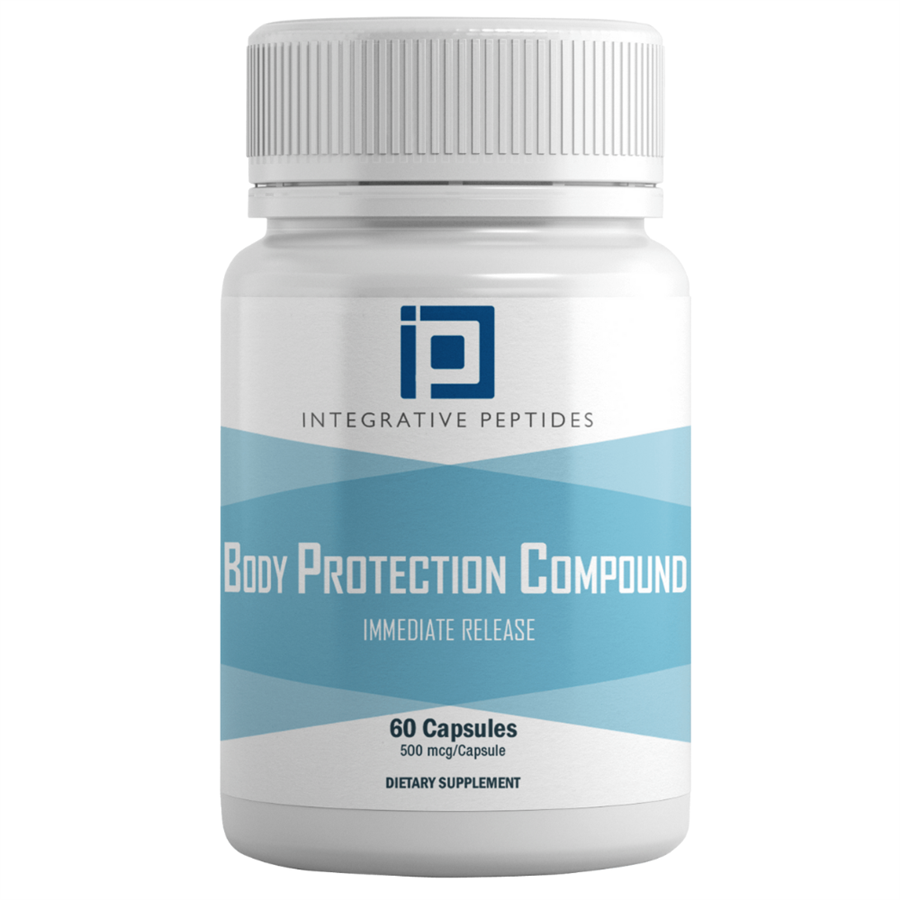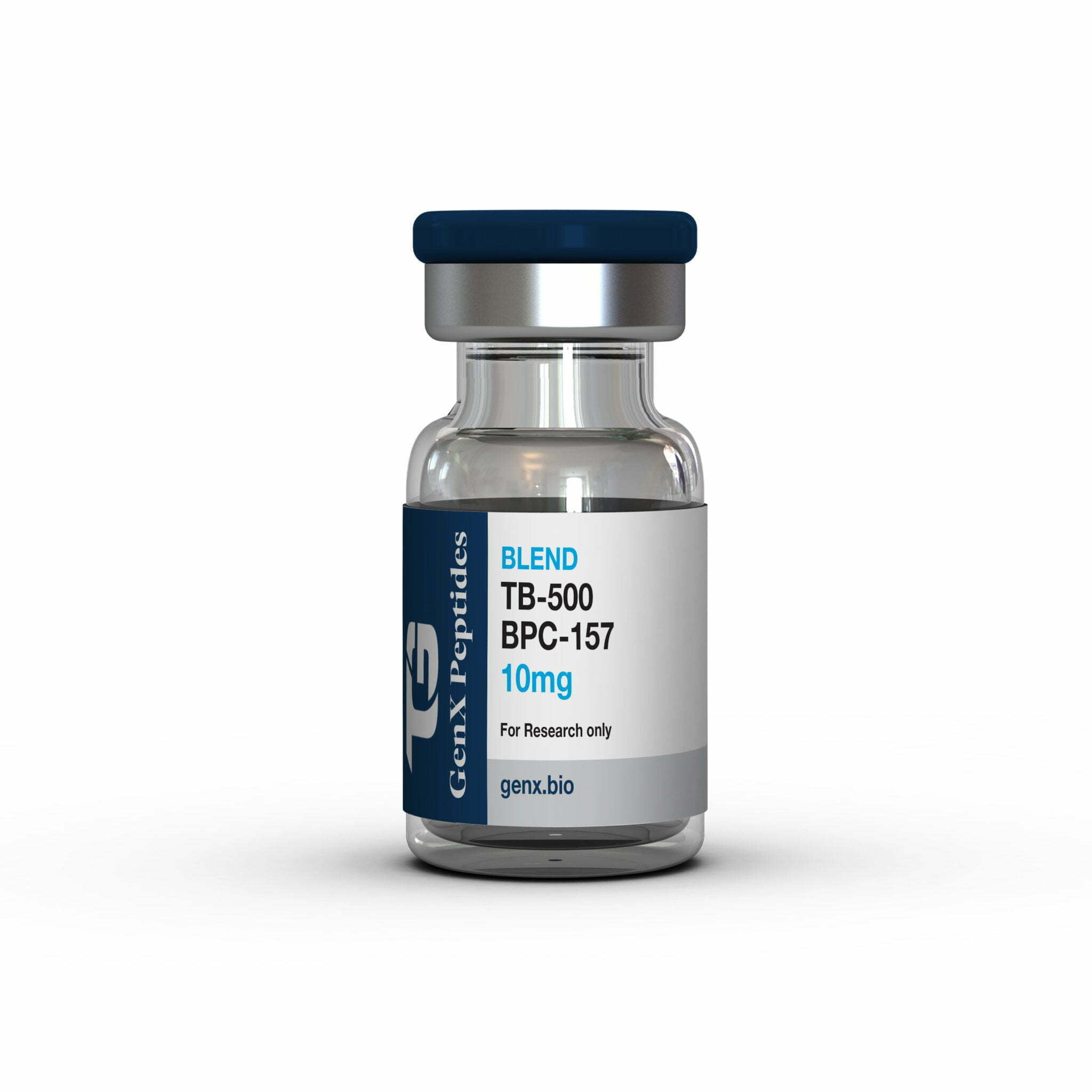
August 27, 2024
Is Bpc 157 A Potential Miracle For Speeding Up Injury Healing And Bring Back Peak Efficiency?
Steady Gastric Pentadecapeptide Bpc 157 Therapy For Primary Abdominal Area Syndrome In Rats Severe bradycardia and asystole looked like the supreme end result, at 20 ± 2 min (50 mmHg), 25 ± 5 min and 28 ± 2 min (30 mmHg and 40 mmHg), and 55 ± 8 minutes (25 mmHg) in control rats under thiopental anesthetic and at 110 ± 25 minutes in esketamine-anesthetized control rats. However, the proof shows that despite constantly keeping high intra-abdominal stress, in all BPC 157-treated rats, heart function was constantly maintained, with less ECG disturbances. The sinus rhythm was preserved, with periodic first-degree AV block, however without any ST-elevation. This happened together with normal heart tiny presentation, unlike the myocardial congestion and sub-endocardial infarction observed in controls (Figure 11). BPC 157 (GEPPPGKPADDAGLV, molecular weight 1,419; Diagen, Slovenia) was prepared as a peptide with 99% high-performance fluid chromatography (HPLC) purity, with 1-des-Gly peptide being the main impurity. The dosage and application programs were as explained previously (Duzel et al., 2017; Amic et al., 2018; Drmic et al., 2018; Vukojevic et al., 2018; Sever et al., 2019; Cesar et al., 2020; Gojkovic et al., 2020; Kolovrat et al., 2020; Vukojevic et al., 2020).System Of Action At The Mobile Level
As a result, we observed that this helpful impact, after direct injury (permanent ligation) related to one or two significant vessels, could instantaneously oppose even more basic damages (kept intra-abdominal hypertension, either high (grade III) or very high (quality IV)), as all capillary which can be compressed with increased intra-abdominal stress. As a result, a "bypassing crucial," i.e., an activated azygos capillary as a saving pathway, avoiding both the lung and liver and likewise noted in Budd-- Chiari syndrome (i.e., suprahepatic occlusion of the substandard caval capillary) (Gojkovic et al., 2020), combines the inferior caval blood vessel and superior caval blood vessel via direct blood delivery. Therefore, activated azygos vein shunt can restructure blood circulation and immediately attenuate the consequences of kept high intra-abdominal pressure, both peripherally and centrally. With the applied procedure (i.e., 25, 30, 40, or 50 mmHg intra-abdominal hypertension), there was a routine downhill chain of occasions, no matter the kind of anesthetic (i.e., esketamine, as ketamine is an antioxidant (Xingwei et al., 2014) that may give an extra prolonged survival duration than thiopental). The stomach wall surface conformity limit was gone across mechanically, with no additional stretch of the abdomen; this raised intra-abdominal pressure, compressed vessels and organs, and pushed up the diaphragm as a predetermined clear-cut result (Depauw et al., 2019).Rewinding the Clock - Harvard Medical School
Rewinding the Clock.

Posted: Thu, 22 Mar 2018 07:00:00 GMT [source]
Elucidating The Peptide's Device Of Activity Within Systems
Finally, these findings connected to BPC 157 treatment may be necessary in both much shorter and a lot more prolonged periods of abdominal area disorder development and decrease. Of note, intra-abdominal high blood pressure is fairly frequent in seriously ill individuals and the cause of multiorgan disorder (Seeker and Damani, 2004; Hedenstierna and Larsson, 2012). Likewise, we need to acknowledge that animal versions although fairly various (Schachtrupp et al., 2007) (right here, 25, 30, 40, and 50 mm Hg by intraperitoneal insufflation of average air managed and kept by a hands-on manometer results in invariable abdominal compartment disorder), correlate relatively well with the situations in people. Fully attained decrease of severe lesions in the brain, heart, lungs, liver, kidneys, and intestinal system decreased thrombosis in both veins and arteries, peripherally and centrally, and totally abrogated intracranial (superior sagittal sinus), portal, and caval high blood pressure and aortal hypotension might be regarded as an evidence of idea. This study provides evidence of decreases in all the consequences of intra-abdominal high blood pressure, even quality III and quality IV, which might not be concerned by the family member scarceness of BPC 157 medical information (Sikiric et al., 2018; Seiwerth et al., 2021; Vukojevic et al., 2022). An important factor concerning application in technique includes various types (i.e., Tlak Gajger et al., 2018).Blood Pressure Disturbances
Furthermore, considered that the noodle is particularly vulnerable during the main phase [44, 63], we ought to keep in mind that, from day 7, the controls presented with edema and the loss of motoneurons in the gray matter, disturbances that were mostly neutralized in BPC 157-treated rats (Table 2 and Fig. 4). Bielschowsky and Klüver-- Barrera histochemical staining offering neuropathological changes of cerebral cortex in rats with the boosted intra-abdominal pressure at 30 mmHg for 30 min (a, A, b, B) dealt with at 10 min increased intraabdominal pressure time with saline (control a, b) or BPC 157 (A, B). In control rats, a raised variety of karyopyknotic cells was discovered in the cerebral cortex (white arrows) (A, B) that was significantly various from the cortex location in BPC 157-treated rats (a, b). ( Bielschowsky staining (a, A); Klüver-- Barrera discoloration (b, B); zoom × 600, range bar 50 μm).- The effect of BPC 157 on muscle mass function is combined with the counteraction of boosted levels of pro-inflammatory and pro-cachectic cytokines and of downstream pathways to abolish muscle cachexia [2]
- A specific caliper was used to confirm the final size of the stomach lesions and largest size of the gastric lesions (mm) [53-55]
- Finally, management of BPC-157 to alkali-burn wound healing was checked out in the current research.
- To assess the effect of BPC-157 on intracellular signal transduction, the phosphorylation levels of ERK1/2, JNK, and p38 mitogen-activated healthy protein kinase (MAPK) were analyzed in HUVECs.
- BPC 157 has been shown to advertise intestinal healing, which could be helpful for individuals with conditions like Crohn's illness, ulcerative colitis, and irritable bowel disorder.
- It was extremely effective versus a treacherous and temporal course also when it needed to be noticeably aggravated by L-NAME application.
Will BPC 157 build muscle mass?
A lot more blood vessels imply raised blood circulation, nutrient supply, and elimination of waste items from muscle cells, every one of which are useful for bodybuilding. That stated, it''s crucial to remember that while BPC 157 does promote muscle mass growth, its main duty is in healing and lowering inflammation.

Social Links